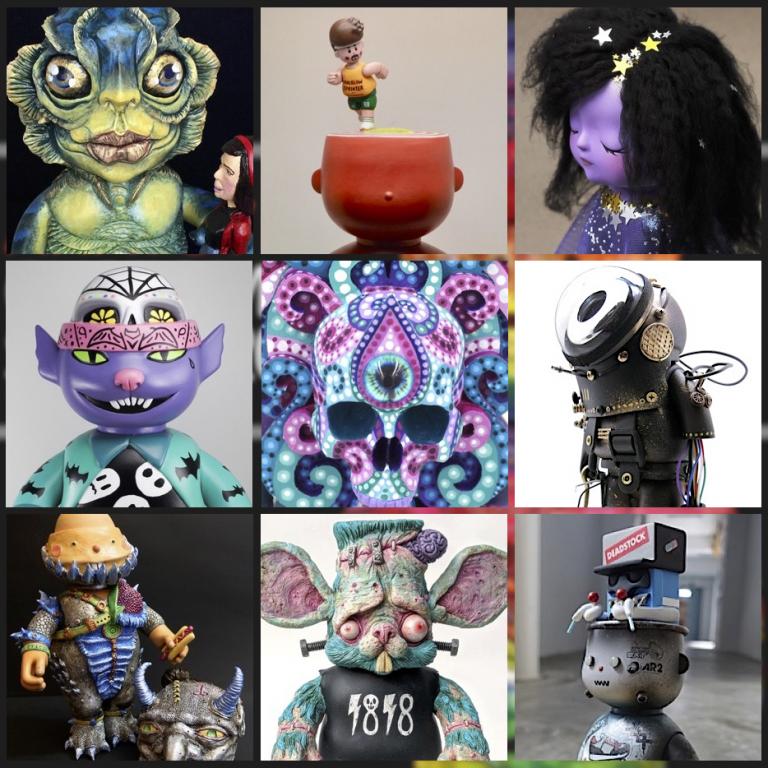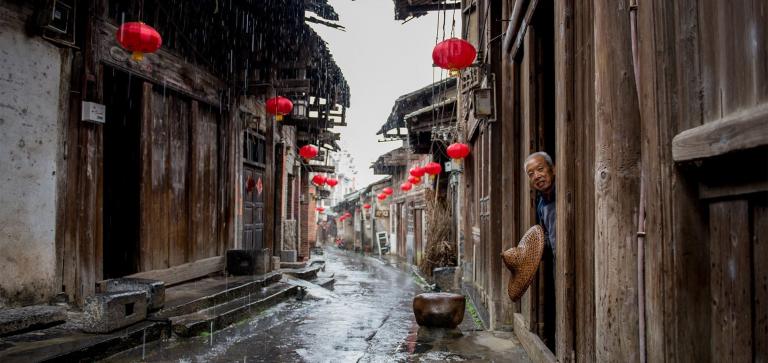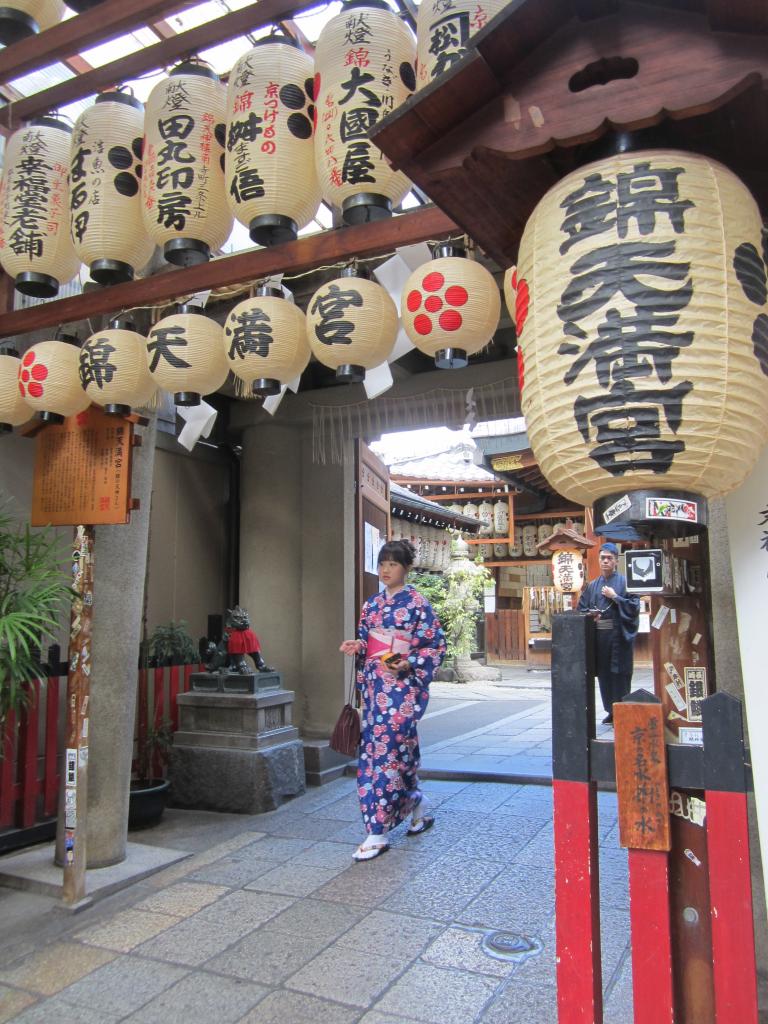Alleys and Hawkers Cries
2 min readThe glamour of Old Beijing comes not only from the magnificent city gate towers, but also from those narrow alleys, or hutong, as they are called in the Beijing dialect.

The alleys in Beijing first appeared in the Yuan Dynasty(1206-1368), as mentioned in the drama, Scholar Zhang boils the Sea, in which a maid says, “You can come look for me in Zhuantar Hutong .. “This shows that Zhuantar Alley, west of South Xisi Street, already existed back in the Yuan Dynasty.
Alleys in Old Beijing had their own special flavor. and their names alone were perhaps poetic enough to give flight to people’s imagination (e. g. Apricot Flower Day Flower Twig and Moonlight), or practical enough to reflect the lifestyle of ordinary people(e. g, Tea Leaf Alley, Alcohol Alley and Eggplant Alley, to name just a few). More interestingly, according to the recollectionsof elders, different alleys had different smells. For example, Money and grain Alley smelled of cabbage, Hat Alley of sugar-coated haws on sticks, and Sedan chair Alley of fermented soy milk.

Alleys in Old Beijing also echoed with the cries of vendors hawking their wares and the sounds of particular percussion instruments. High and low, distant an near, the cries had a rhythmic, lasting appeal, such as cries in the early morning to sell deep-fried dough-sticks and sesame-seed cakes, evening cries for selling fruit and midnight cries for noodles, steamed buns and wonton soup. Some vendors did not call out their goods but used percussion instruments to solicit customers. Once people heard metallic clicking sounds, they knew the barber Gate pier was coming; or with the sound of gongs, they knew a circus was staging a performance. The sound of wooden clappers signaled the coming of an oil vendor, while the noise of a drum-shaped rattle meant the arrival of a peddler selling daily necessities.
Particular attention was paid to the tones and styles of alley cries to attract customers. The cries had to be vital, the voice crisp, the words clearly articulated. and the tone melodious with foral embellishment and smoothness as well as a dragging tune, especially on the last word. The cries using the Beijing dialect were hence rich with a local flavor. Besides being musical, the cries of vendors possessed literary charm, with rhyming and exaggerated modes employed to express joy or humor For example a watermelon vendor haw ked “Come have a bite, of this ice-cold, crisp fruit, a moon-shaped slice, as big as a boat, pulp as sweet as a Mid-autumn moon-cake, palm leaves fail to shoo away bees taking it for a hive: sweeten your mouth for just a penny! Such cries brimmed with the joy and humor of ordinary peopl.









